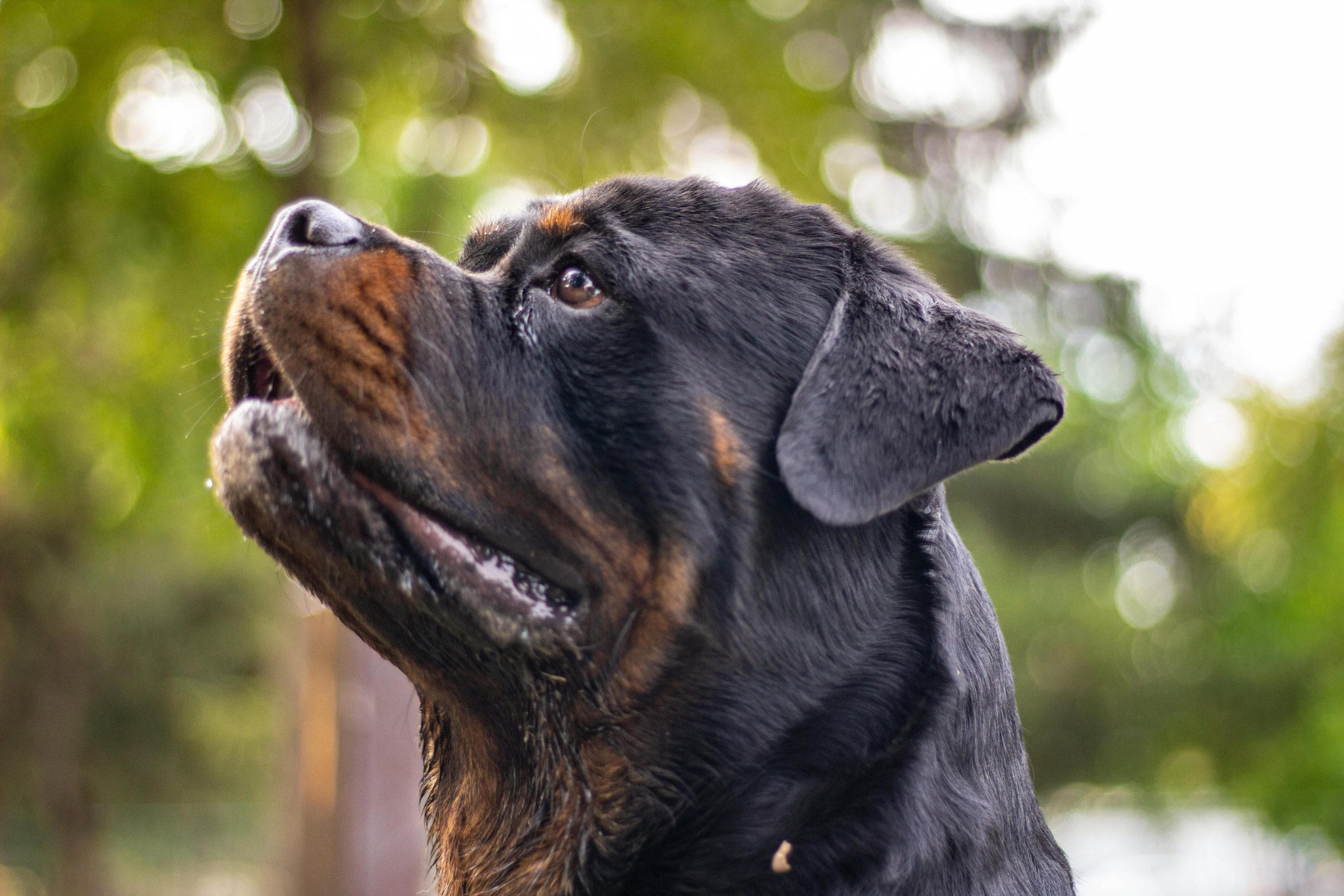DOG CRY
Why does my dog cry when I leave?
Introduction
Leaving your furry friend behind can sometimes be heart-wrenching, especially when you’re met with those soulful eyes filled with sadness. But why does your dog cry when you leave? In this article, we’ll delve into the intricate world of canine emotions, exploring the reasons behind this behavior and offering practical solutions to ease your dog’s distress.

Understanding Separation Anxiety in Dogs
Separation anxiety is a common issue among dogs, often triggered by the abrupt departure of their human companions. Dogs are social animals, and the sudden absence of their beloved pack leader can cause stress and anxiety.
Signs of Distress
- Vocalization: Dogs express their anxiety through vocalization, including whining, howling, or excessive barking.
- Destructive Behavior: Chewing furniture or personal items is a common coping mechanism for anxious dogs.
- House Soiling: Some dogs may relieve stress by engaging in house soiling behaviors.
The Psychology Behind Crying
- Attachment: Dogs form strong bonds with their owners, leading to anxiety when separated.
- Routine Disruption: Sudden changes in routine can trigger distress, as dogs thrive on predictability.
- Fear of Abandonment: Dogs, fearing abandonment, may cry as a plea for their owner’s return.
Tips for Easing Your Dog’s Distress
- Gradual Departures: Practice leaving for short intervals, gradually increasing the time to build tolerance.
- Interactive Toys: Keep your dog mentally engaged with toys that provide stimulation in your absence.
- Establishing a Routine: Maintain a consistent daily routine to instill a sense of security.
- Crate Training: A crate can be a safe haven, offering comfort and security.
The Role of Positive Reinforcement
- Rewarding Calm Behavior: Reinforce calm behavior with treats and affection.
- Avoiding Punishment: Punishment can exacerbate anxiety, so focus on positive reinforcement.
Seeking Professional Help
- Canine Behaviorist: A professional can assess and provide tailored solutions for your dog’s anxiety.
- Training Classes: Enroll your dog in training classes to build confidence and social skills.

Gadgets and Tools to Help
- Pet Cameras: Monitor your dog remotely and offer reassurance through interactive features.
- Smart Toys: Keep your dog entertained with toys that dispense treats or mimic human interaction.
Creating a Comfortable Environment
- Safe Spaces: Designate a comfortable area where your dog can retreat when feeling anxious.
- Calming Music: Soothing music can create a calming atmosphere for your pet.
The Importance of Exercise
- Physical Activity: Regular exercise helps release pent-up energy and reduces anxiety.
- Mental Stimulation: Engage your dog’s mind with puzzle toys or interactive games.
Gradual Exposure to Departures
- Short Trips: Start with brief departures and gradually increase the duration to desensitize your dog.
- Building Independence: Encourage independence by fostering self-soothing behaviors.
How Your Behavior Affects Your Dog
- Keeping Goodbyes Low-Key: Avoid overly emotional goodbyes to prevent heightening anxiety.
- Positive Reunions: Create positive associations by offering affection upon your return.
Case Studies: Success Stories
- Real-Life Experiences: Explore success stories of dog owners overcoming separation anxiety.
- Lessons Learned: Learn valuable lessons from the experiences of others.
Conclusion
Understanding why your dog cries when you leave is the first step toward creating a happier, more secure environment for your pet. By implementing the tips and strategies discussed in this article, you can help alleviate separation anxiety and strengthen the bond with your furry companion.




Leave a comment